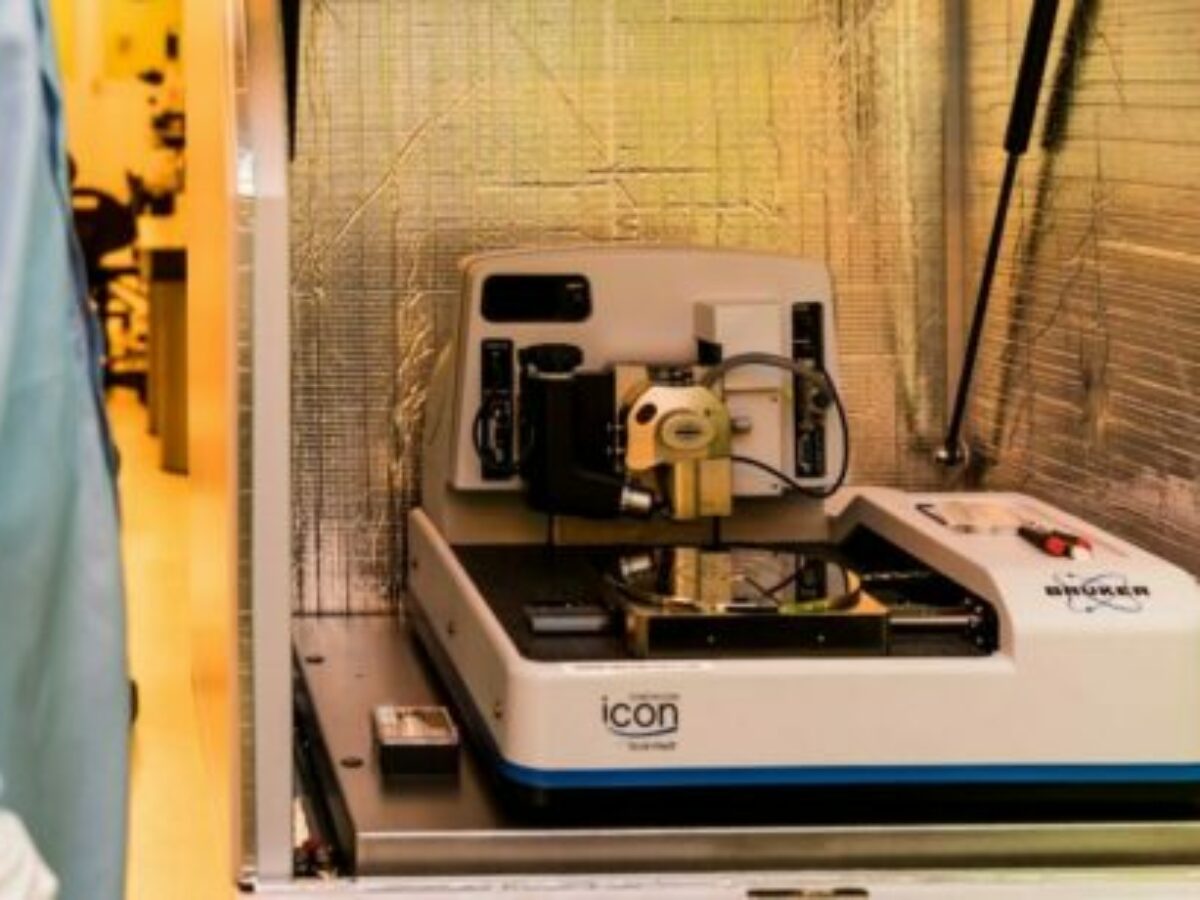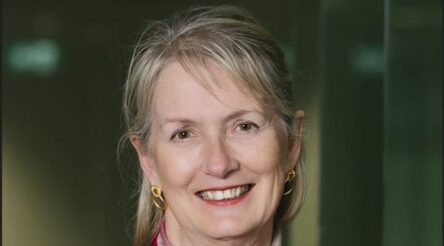Australia’s place in the semiconductor world: IP is the main thing, says quantum computing hopeful

Today in Australia’s place in the semiconductor world we consider ASX-listed Archer Materials, which is developing a quantum processor. Brent Balinski spoke to CEO Dr Mohammad Choucair.
A lot of things are impossible, as the quote goes, until they’re done. At this stage, building a practical quantum computer remains impossible.
Asked about his company’s approach to the challenge, which is based on a 2016 paper involving carbon nanospheres, CEO Dr Mohammad Choucair compares it to another scientific breakthrough he had earlier in his career with graphene.
It was the early days of the material, originally made by separating sheets of graphite by sticky tape.
Choucair, now CEO of Archer Materials, showed through his PhD research that graphene could be made from alcohol, challenging the belief you had to start with graphite.
“I remember that we had submitted a patent… application that was just titled Graphene,” he tells us, highlighting how early things were concerning research into the nanomaterial.
“It was a one-word title.”
He says Archer Materials’ approach to building qubits — the quantum equivalent of bits representing zeros and ones in regular computing — challenges the idea that you are limited to two choices. These are between materials either requiring a temperature near absolute zero (and requiring million-dollar refrigeration systems) but able to be integrated into electronics, or room temperature-compatible approaches like photonics, which can’t.
Progress this year included an announcement last month that they had developed a CMOS chip (fabricated by TMSC) to detect quantum information at room temperature on one of Archer’s qubits.
Time will tell if Archer is able to develop processors, which they call 12CQ, able to work inside phones and laptops, without the need for dilution refrigerators.
But if they can do the impossible, could they build their chipsets here?
It seems like another impossible ask for the company, which announced in September they will work with contract manufacturer GlobalFoundries to progress development of 12CQ on device and circuit designs, as well as high-volume fabrication.
As with Bluechiip’s Andrew McLellan in yesterday’s article for this series, Choucair says their locally-developed intellectual property will be retained here, though the capacity needed for manufacture just doesn’t exist in Australia.
“IP in technology, in the semiconductor industry is incredibly important. And if you look at the priorities of a lot of semiconductor companies, IP will be at the top,” explains Choucair.
“You can see around the world, and I don’t want to get into geopolitics, but no one company or one entity or sovereign or whatever has the ability to control the supply chain end to end. But it is critical to keep hold of that IP.”
In this episode of @AuManufacturing Conversations with Brent Balinski, Choucair shares the company’s progress on its quantum processor (it is also developing a biosensor), where he believes the nation can make a difference in the semiconductor value chain, what it would take to establish local chip fabrication, and more.
“We have the facilities, I believe, here in Australia, locally, to do certain things, and certain things very well. Especially around the development of advanced materials,” he says.
“Do we have foundries that are worth $50 billion that spit out millions of wafers every week? No we don’t. But it’s not to say that we never will.”
Episode guide
0:26 – Current work and an introduction to Archer
1:16 – What drew him to science and then to nanotechnology.
3:30 – An early breakthrough using graphene without graphite.
4:50 – Being interested in commercialising research output from early on.
6:38 – The size of the company and who makes up their team.
8:10 – The 2016 breakthrough, allowing the company to pursue quantum qubits that can operate at room temperature.
11:30 – Recognising a second paradigm shift, similar to making graphene without graphite.
14:10 – Silicon won for transistors, but we don’t know what will win for qubits.
17:55 – Why you shouldn’t listen to naysayers.
20:10 – Progress in technology development isn’t linear.
22:10 – What does it mean to integrate what they are doing into modern-day electronics, and why is that so difficult with qubits?
25:10 – Facilities in Australia that Archer is making use of.
27:55 – Praise for the Australian National Fabrication Facility (Full disclosure: ANFF is the sponsor of this series.)
29:36 – Production onshore is unlikely, should they reach commercial readiness. IP is the thing. The greatest value is in R&D.
32:40 – Expanding beyond design and R&D in Australia is possible, and we shouldn’t give up. If we had the will from the top to get it done then it will get done. “If we have the will, then we can carve the way for the high-tech industry in Australia.”
Picture: credit ANFF
@AuManufacturing![]() and AUS-Semiconductor-Community’s editorial series, Australia’s place in the semiconductor world, is brought to you with the support of ANFF.
and AUS-Semiconductor-Community’s editorial series, Australia’s place in the semiconductor world, is brought to you with the support of ANFF.
@aumanufacturing Sections
Analysis and Commentary Awards Defence Manufacturing News Podcast Technology Videos










